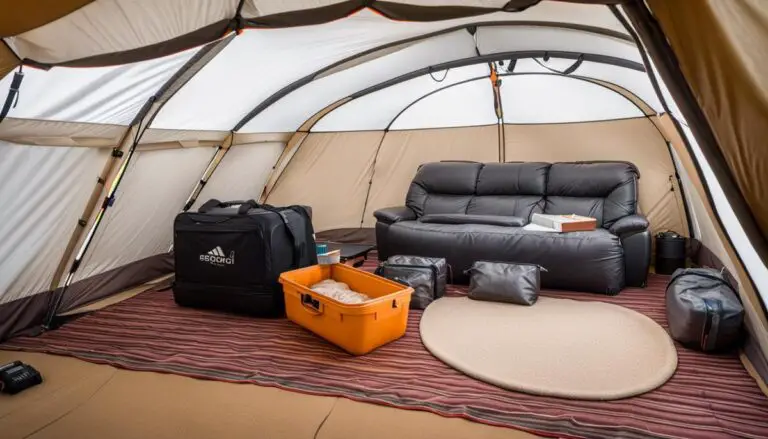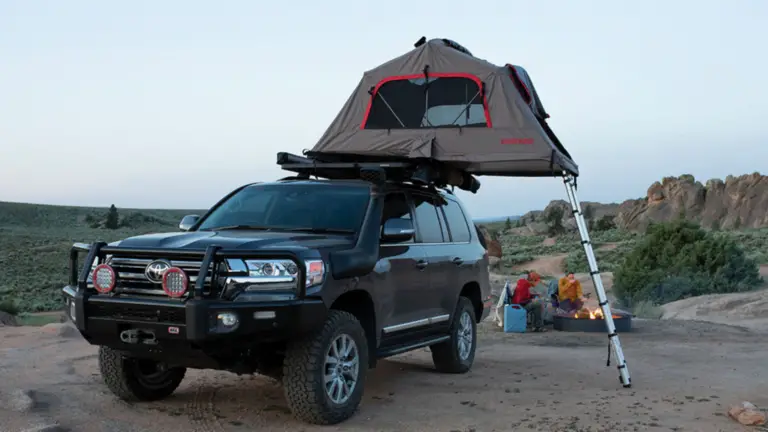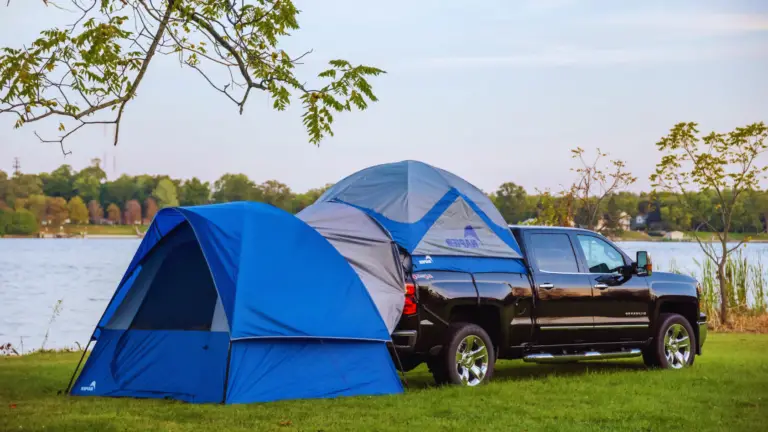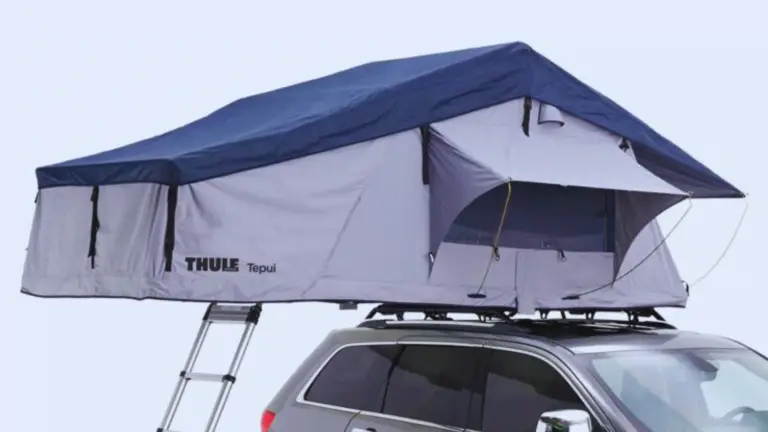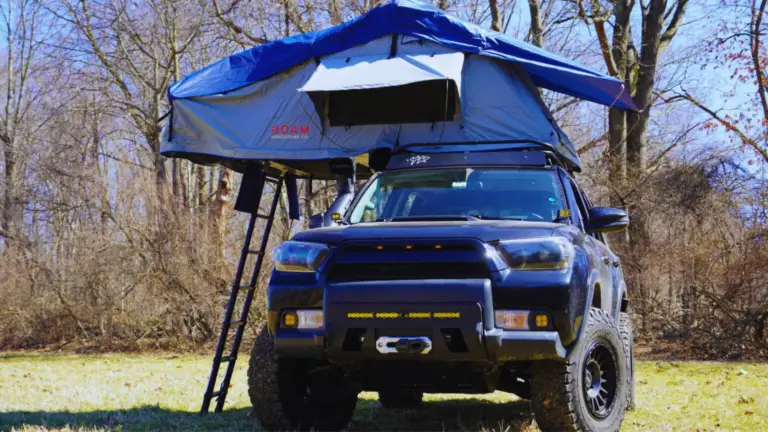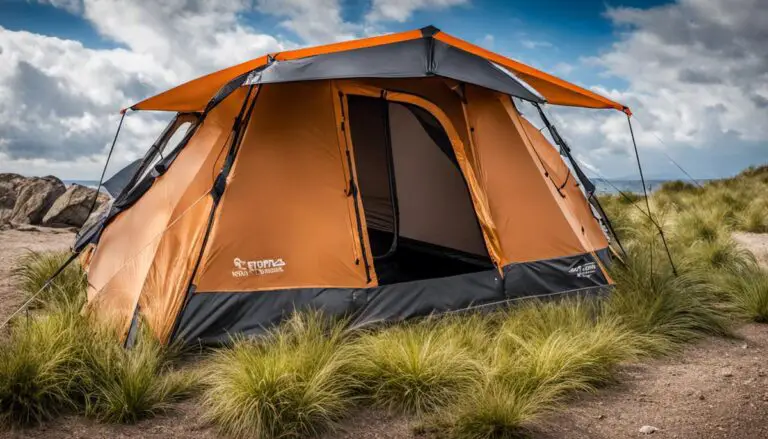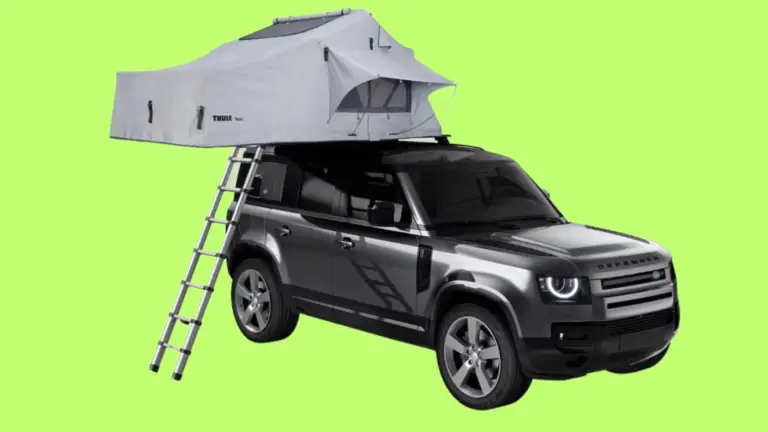How to Insulate a Tent for AC- In this blog, we will discuss the best ways to insulate your tent so you can enjoy your time inside no matter the weather outside.
The joy of camping often means braving the elements in the wild. But it doesn’t mean you have to sacrifice your comfort. By understanding the role of tent materials and insulation, you can ensure a perfectly temperate environment inside your tent regardless of the external temperatures. Specifically in regards to maintaining air conditioning inside your tent, there are a plethora of available materials and methods, each with their own benefits and drawbacks. In this guide, we aim to provide an easy 10-step process that anyone can follow to effectively insulate their tent for air conditioning.
Understanding Tent materials and insulation
Understanding Tent Materials for Insulation
There are several materials often used in tent construction, namely nylon, polyester, canvas (cotton), and Polyvinyl Chloride (PVC), and they all have different insulation properties.
Nylon and polyester are commonly used because they are lightweight and tend to be water-resistant. However, their insulation properties are not as high as other materials – While these materials help prevent heat transfer, they do not offer substantial insulation to maintain a cool environment inside a tent which is essential when using an AC.
Canvas Tents: A Classic Choice for Insulation
Canvas, on the other hand, is a far denser material, and it is excellent at maintaining internal temperatures. Canvas tents, often used by winter campers and outfitters, can trap heat in the winter and keep the interior cooler in the summer if well-ventilated.
PVC Coated Tents: An Ideal Option for AC Use
Polyvinyl Chloride (PVC) coated tents, typically in larger event tents, offer a good balance of insulation while being waterproof. PVC, being a plastic derivative, doesn’t breathe, it traps the air inside the tent, making it a great insulator – making it an apt choice for tents with AC.
Choosing Insulation Material for Your Tent
Overall, the choice of material depends on multiple factors, including the environment you’ll be camping in, and whether you will use air conditioning.
Use of Lightweight Reflective Materials
Reflective materials, such as Mylar or Reflectix, can be added to your tent to enhance its insulation properties. These materials can reflect up to 97% of radiant heat, thereby contributing to maintaining cooler temperatures inside the tent.
Importance of Tent Design in Maintaining AC
The design of your tent also plays a role in enhancing its insulation. Dome tents tend to be better at heat retention due to their curved walls and smaller surface area. In contrast, cabin-style tents, though roomier and more comfortable, might lose cool air more quickly due to their larger, flat surfaces.
Good Tent Insulation: A Combination of Factors
There isn’t a ‘one size fits all’ when it comes to finding the perfect tent material for insulation. It depends on factors like weather conditions, campsite location, size of the tent and of course, your personal preferences. That said, for a tent to maintain cool, conditioned air, look for materials with good insulating properties, and pair them with additional insulating materials, considering the design of the tent for maximum effectiveness.
Insulation is Key to a Comfortable Camping Experience
In short, understanding materials and their insulation properties is vital for the optimal use of an air conditioner in a tent. A well-insulated tent contributes to energy efficiency and enhances the overall comfort and feasibility of your camping experience. Remember, good insulation helps maintain your tent’s internal temperature, regardless of the external conditions.

Insulation Methods for Tents
Step 1: Choose the Right Insulating Material
There are multiple types of insulating materials available that can help keep your tent cool in the summer months. While you can certainly shop for the tents with built-in insulation, you can also select from external options such as reflective foils, insulating blankets, bubble wraps, spray foam, and tarps.
Step 2: Using Reflective Foils
Reflective foils are very useful in bouncing off the sunlight and maintaining the coolness of the tent. For effective use, fix these foils on the outside of the canvas and secure them in place. However, reflective foils can sometimes create a glare in bright sunlight, which can be a nuisance.
Step 3: Insulating Tents Using Blankets
Thermal blankets can be extremely effective when it comes to insulating tents as they block out cold air and trap the heat. They are made of thick materials and you can hang them on the inner walls of the tent. The downside is that they are heavy and can take up a lot of space in your camping gear.
Step 4: Bubble Wrap Insulation
Bubble wraps are another good way to insulate a tent. They trap air in small pockets, providing a layer that prevents heat transfer. This lightweight and affordable solution can be attached to the inside lining of your tent using tape or glue. However, it may not be as long-lasting as other materials.
Step 5: Foam Spray Insulation
For a tighter seal against heat, foam spray insulation is a good choice. This type of insulation expands to fill gaps, creating a strong barrier against heat. Note that while it is efficient, foam spray insulation is permanent and can potentially damage the material of your tent.
Step 6: Using Tarps
Tarps can be set up over your tent to provide an extra layer of shade. They protect the tent from direct heat during the day. Tarps are a cost-effective method but need an additional set-up time and resources.
Step 7: Location of the Tent
Choose your camping spot wisely. Pitch your tent in a shady area if possible, as this can dramatically reduce the temperature inside the tent.
Step 8: Tent Ventilation
In addition to insulation, make sure your tent is properly ventilated. Good air circulation aids in keeping your tent cool, especially when used with an air conditioning unit.
Step 9: Using Air Conditioning Unit
Equip your tent with a portable air conditioning unit. Make sure it is of the right size for your tent. However remember to make an exhaust point for your AC.
Step 10: Sealing all air leaks
Ensure the tent is completely sealed except for the exhaust point of the AC. This will prevent the cool air from escaping, thus keeping your tent cool for a longer period.
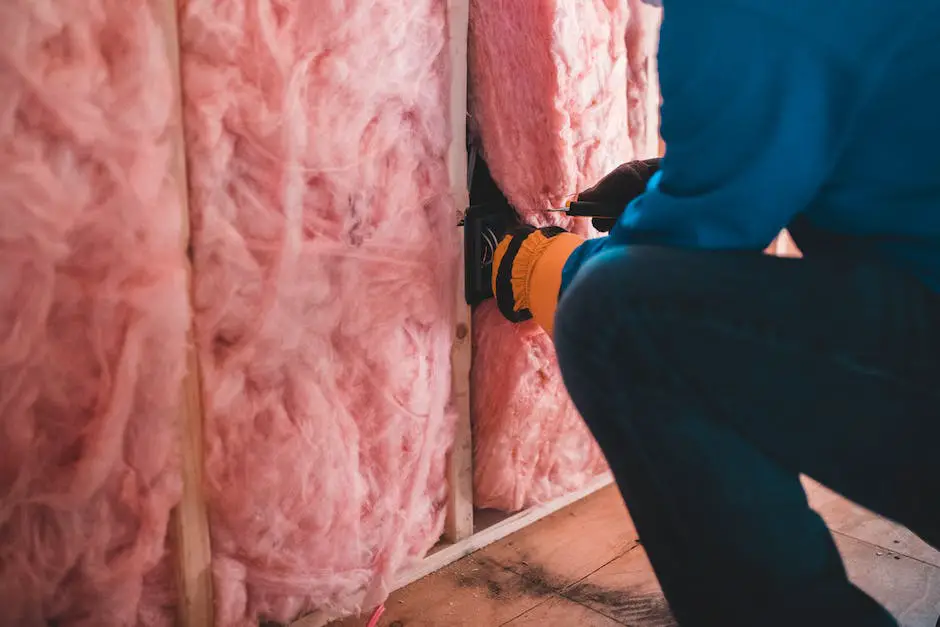
Practical Application of Insulation techniques
Step 1: Choose an Insulated Tent
Start by choosing a tent that has sufficient insulation. Most tents don’t come with insulation, but there are a few specialized insulated tents available on the market.
Step 2: Select the Right Spot
Choose a shady and flat spot to set up your tent. It will prevent direct sunlight from overheating the tent in your absence and also reduce the AC’s workload.
Step 3: Use Foil Backed Insulation
Wrap the exterior of your tent with heavy-duty foil backed insulation. It can be stapled to the wooden tent frame. This will not only protect the tent from harmful UV rays but will also reflect the heat away.
Step 4: Use Foam Insulation Boards
To reduce heat transfer through the floor, place foam insulation boards underneath the tent. Make sure that the boards cover the entire floor area.
Step 5: Install a Tent Carpet
A tent carpet or rug will add an extra layer of insulation. It will also provide comfort and warmth to your feet.
Step 6: Use All-Season Sleeping Bags
An all-weather sleeping bag will provide excellent insulation during cold nights. The better the sleeping bag’s rating, the better it will insulate against cold.
Step 7: Insulate Your Windows and Doors
Protect these areas by using insulation tape around the edges. You can also use adhesive foam strips to seal any gaps in these areas.
Step 8: Use a Tent Footprint
A tent footprint or groundsheet can add an extra layer of insulation and protection against moisture from the ground.
Step 9: Setting Up AC Unit
The AC unit should be set up at the lowest point in your tent because cold air tends to sink. To allocate the cool air efficiently, it is a good idea to use a small fan near the AC unit.
Step 10: Safety Measures
Ensure that the AC unit doesn’t tip over and has a clear exhaust. Place it in ample ventilation and make sure all wires and plugs are waterproof if outside.
Remember, safety should be a priority, ensure that the AC unit is not close to any flammable materials, and always keep a fire extinguisher on hand. Although these steps may seem time-consuming, they will significantly increase your comfort and safety while camping.
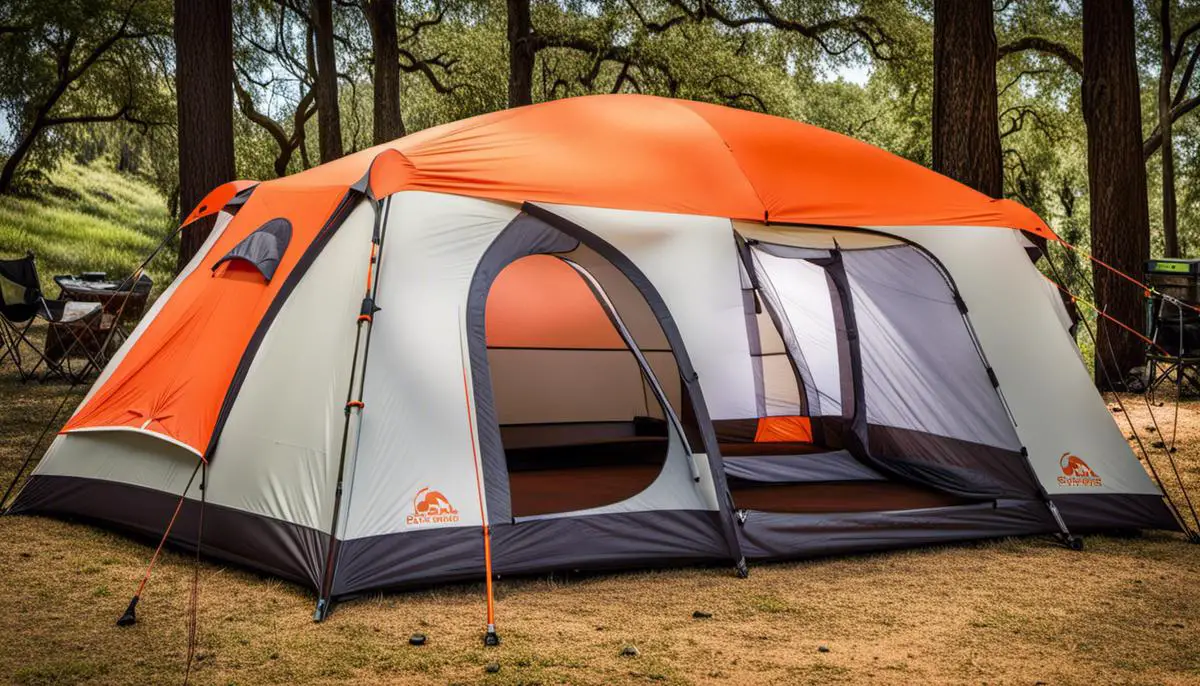
To enhance your camping experience and maintaining comfort within your tent, we have presented practical and effective insulation methods that anyone can apply. These methods not only provide a basic foundation of insulation but also offer advanced techniques for more seasoned campers. By integrating this knowledge into your camping routine and applying it successfully, you will elevate your outdoor adventures, ensuring a cool and comfortable tent environment in warmer climates. Stay informed, stay insulated, and enjoy the beauty of nature in comfort.
How to Insulate a Tent for AC: FAQs
Q: Can you insulate a tent for AC?
A: Yes, you can insulate a tent for AC. Insulation helps to keep the inside of the tent cooler by preventing heat from entering and cool air from escaping.
Q: What materials can be used to insulate a tent?
A: Some materials that can be used to insulate a tent include foam insulation, reflective insulation, mylar blankets, and bubble wrap.
Q: How do you install insulation in a tent?
A: The installation process will depend on the type of insulation you choose. For foam insulation, you can cut it to size and glue it to the walls of the tent. Reflective insulation and mylar blankets can be hung on the walls using clips or tape. Bubble wrap can be attached to the walls using double-sided tape.
Q: Will insulation make my tent waterproof?
A: Insulation alone will not make your tent waterproof. If you want to make your tent waterproof, you will need to use a waterproof tent fabric and add a rainfly or tarp over the top of the tent.
Q: How much insulation do I need for my tent?
A: The amount of insulation you need will depend on the size of your tent and the level of insulation you want. As a general rule, you should aim for at least 1 inch of insulation on the walls and 2 inches on the floor.
Q: Will insulation make my tent hotter in the winter?
A: Insulation can help to keep your tent warmer in the winter by preventing heat from escaping. However, if you are using an air conditioner, insulation will not make your tent hotter in the winter.
Q: Is it safe to use an AC in a tent?
A: Using an AC in a tent can be safe as long as you follow the manufacturer’s instructions and take the necessary precautions. Make sure that the AC unit is properly grounded and that the tent is well-ventilated to prevent carbon monoxide buildup.
